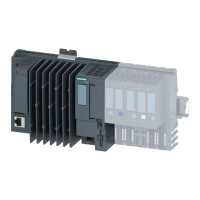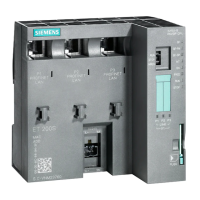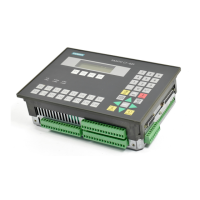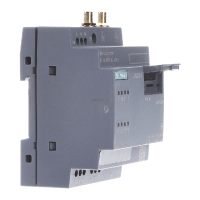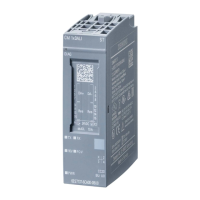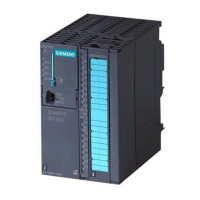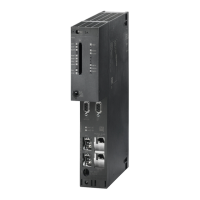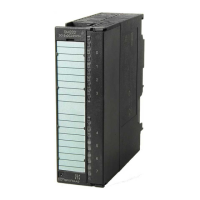Link-up and update
8.3 Time monitoring
CPU 410 Process Automation/CPU 410 SMART
126 System Manual, 05/2017, A5E31622160-AC
1. Based on the bus parameters in STEP 7, determine the following for each DP master
system:
– T
TR
for the DP master system
– DP changeover time (referred to below as T
DP_UM
)
2. From the STEP 7 configuration, determine the following for each IO subsystem:
– Maximum update time of the IO subsystem (referred to below as T
max_Akt
)
– PN changeover time (referred to below as T
PN_UM
)
3. Based on the technical data of the switched DP slaves, determine the following for each
DP master system:
– The maximum changeover time of the active communication channel
(referred to below as T
SLAVE_UM
).
4. Based on the technical specifications of the switched PN devices, determine the following
for each IO subsystem:
– Maximum changeover time of the active communication channel (referred to below as
T
Device_UM
).
5. Based on the technological specifications of your system, determine the following:
– Maximum permissible time during which there is no update of your I/O modules
(referred to below as T
PTO
).
6. Based on your user program, determine the following:
– Cycle time of the highest-priority or selected (see above) cyclic interrupt (T
WA
)
– Execution time of your program in this cyclic interrupt (T
PROG
)
7. For each DP master system this results in:
T
P15
(DP master system) = T
PTO
- (2 x T
TR
+ T
WA
+ T
PROG
+ T
DP_UM
+ T
SLAVE_UM
) [1]
8. For for each IO subsystem, this results in:
T
P15
(IO subsystem) = T
PTO
- (2 x T
max_Akt
+ T
WA
+ T
PROG
+ T
PN_UM
+ T
Device_UM
) [1]
P15
(DP master system) < 0 or T
P15
(IO subsystem) < 0, stop the calculation here.
are shown below the following example calculation. Make appropriate
changes and then restart the calculation at 1.
9. Select the minimum of all T
P15
(DP master system, IO subsystem) values.
This time is referred to below as TP15_HW.

